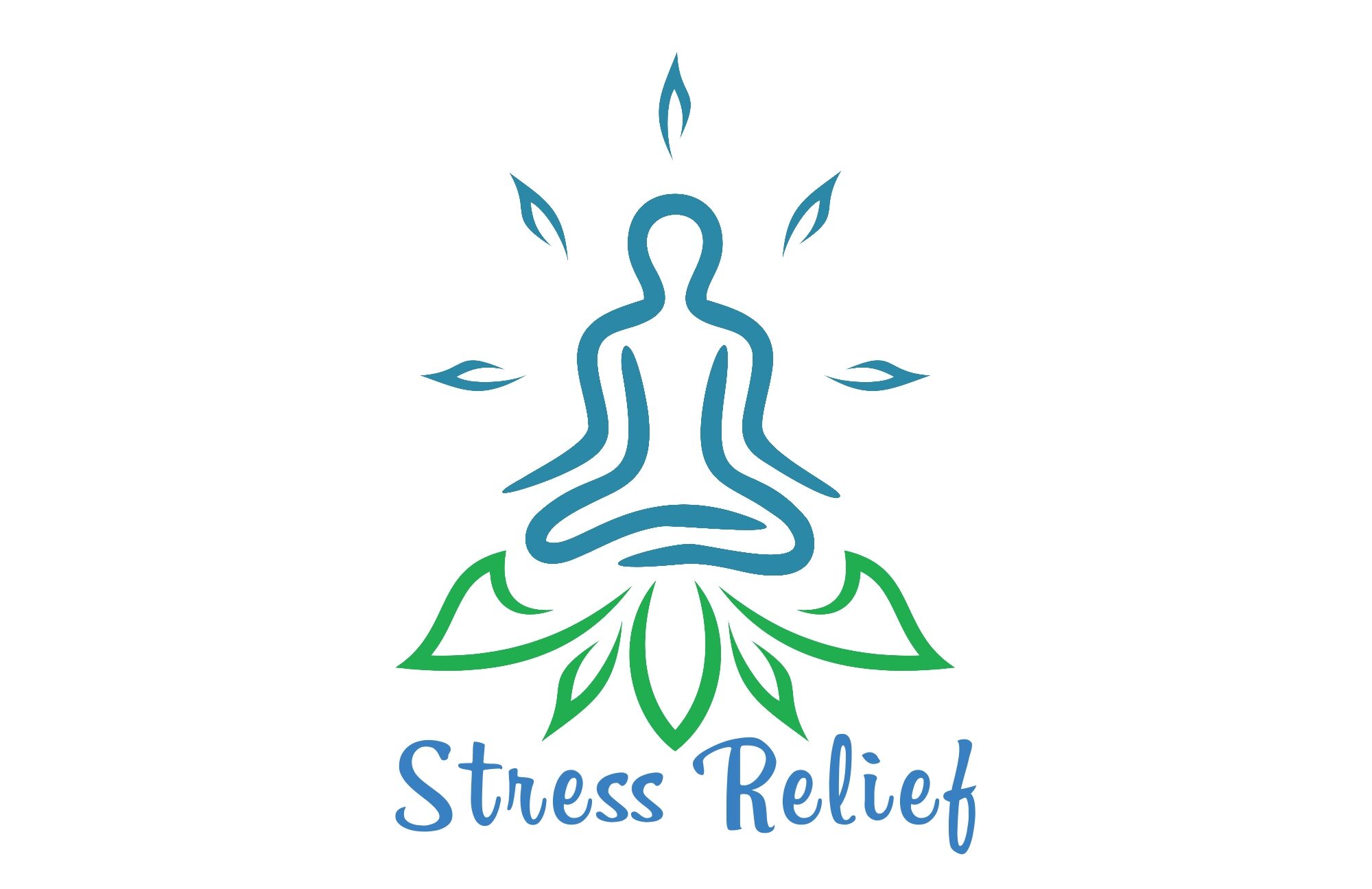Introduction
Breathing is an essential part of our lives, yet we often take it for granted. Did you know that the way we breathe can impact our stress levels? In this article, we will explore various breathing techniques that can provide instant stress relief. Whether you’re facing a hectic day at work or trying to find balance in your personal life, incorporating these techniques into your routine can make a world of difference.

The Science Behind Stress and Breathing
Before we delve into the breathing techniques, let’s briefly discuss the science behind stress and its connection to our breath. When we experience stress, our bodies go into fight-or-flight mode, releasing stress hormones like cortisol and adrenaline. This hormonal response triggers an increased heart rate, shallow breathing, and tense muscles.
However, by consciously controlling our breath, we can activate the body’s relaxation response. Deep breathing stimulates the vital nerve, which helps regulate the parasympathetic nervous system responsible for relaxation. By engaging in specific breathing techniques, we can counteract stress and promote a sense of calm and well-being.
The Box Breathing Technique
One of the most effective breathing techniques for stress relief is the Box Breathing technique. This technique, also known as square breathing, involves inhaling, holding the breath, exhaling, and holding once again, each for an equal count of time.

Steps for Box Breathing:
- Sit in a comfortable position and relax your body.
- Inhale deeply through your nose to the count of four, filling your lungs with air.
- Hold your breath for a count of four, allowing the oxygen to circulate throughout your body.
- Exhale slowly through your mouth for a count of four, letting go of any tension or stress.
- Hold your breath for another count of four before beginning the cycle again.
- Repeat this process for several minutes, focusing on the rhythmic pattern of your breath.
Research has shown that practicing Box Breathing regularly can lower blood pressure, reduce anxiety, and improve concentration.
WATCH NOW: Box Breathing Techniques
Diaphragmatic Breathing
Another powerful technique to alleviate stress is Diaphragmatic Breathing, also known as belly breathing. This technique involves using the diaphragm, a dome-shaped muscle located beneath the lungs, to draw in deep breaths.

Steps for Diaphragmatic Breathing:
- Find a comfortable position, either sitting or lying down, with your shoulders relaxed.
- Place one hand on your chest and the other on your abdomen.
- Inhale slowly through your nose, allowing your abdomen to expand as you fill your lungs with air. Focus on pushing your hand resting on your abdomen outwards.
- Exhale gently through your mouth, feeling your abdomen contract as you release the breath.
- Continue this deep, diaphragmatic breathing for several minutes, allowing your body to fully relax.
Diaphragmatic breathing not only calms the nervous system but also improves oxygen flow, enhances lung capacity, and increases overall well-being.
Alternate Nostril Breathing
Originating from yoga traditions, Alternate Nostril Breathing is a simple yet effective technique to balance the flow of energy in the body, relieve stress, and bring clarity to the mind.

Steps for Alternate Nostril Breathing:
- Find a comfortable seated position and relax your shoulders.
- Place your right thumb over your right nostril and deeply inhale through your left nostril.
- Close your left nostril with your ring finger, release the right nostril, and exhale slowly through it.
- Inhale through your right nostril, then close it with your thumb and release the left nostril, exhaling through it.
- Continue this alternating pattern, inhaling through one nostril, closing it, and exhaling through the other.
- Aim to maintain a smooth, steady rhythm as you breathe.
Scientific studies have shown that practicing Alternate Nostril Breathing can improve cognitive function, reduce anxiety, and promote a sense of relaxation.
ALSO READ: 10- Minute Stress Relief Yoga Routine For Beginners
Additional Tips for Effective Breathing
- Practice breathing exercises for at least 5-10 minutes each day to experience the full benefits.
- Combine breathing techniques with mindfulness or meditation for enhanced stress relief.
- Use guided breathing apps or videos to assist you in your practice.
- Take short breathing breaks during the day, especially during moments of heightened stress or anxiety.
- Incorporate deep breaths into your physical exercise routine to increase relaxation and focus.

Conclusion
In today’s world, stress has become a constant companion. However, by incorporating simple yet powerful breathing techniques into our daily lives, we can instantly find relief and restore balance. Take a moment to connect with your breath, embrace the power of deep inhales and exhales, and discover the transformative effects of a calm and focused mind. Start your journey towards a stress-free life today.
FAQs (Frequently Asked Questions)
How long should I practice these breathing techniques to experience their benefits?
It is recommended to practice these techniques for at least 5-10 minutes daily to experience noticeable benefits. Consistency is key when it comes to reaping the full benefits of these breathing techniques. By dedicating a few minutes each day, you can gradually train your body and mind to respond in a more relaxed and calm manner. Over time, you may even notice improvements in your overall well-being and stress management capabilities.
Can these breathing techniques be practiced anywhere?
Absolutely! One of the great advantages of these breathing techniques is their versatility. They can be practiced anywhere, whether you are at home, work, or even during a commute. You don’t need any special equipment or a specific environment to practice these techniques. All you need is a few minutes of uninterrupted time and a willingness to focus on your breath. So, the next time you find yourself feeling stressed or overwhelmed, take a moment to find a quiet spot, sit comfortably, and engage in these simple yet effective breathing techniques.
Can breathing techniques help with anxiety disorders?
Yes, breathing techniques can be effective in managing anxiety disorders by promoting a sense of calm and relaxation. When we experience anxiety, our breathing often becomes shallow and rapid, further exacerbating the feelings of anxiety. By consciously slowing down and deepening our breath, we can activate the body’s relaxation response and help alleviate symptoms of anxiety. Deep breathing techniques can help regulate the heart rate, lower blood pressure, and reduce muscle tension, all of which contribute to a greater sense of calm and well-being. Regular practice of these techniques can provide individuals with important tools to manage and cope with anxiety on a daily basis.
Are these techniques suitable for beginners?
Yes, these techniques are suitable for beginners. They are simple and easy to learn, making them accessible to individuals who may be new to mindfulness practices. It’s important to start with shorter sessions and gradually increase the duration as you become more comfortable. This allows your body and mind to adapt and gradually incorporate these techniques as part of your daily routine.
Beginners may find it helpful to begin by practicing these techniques in a quiet and comfortable environment where they can fully focus on their breath. As you become more familiar with the techniques, you can start incorporating them into your daily activities, whether it’s taking a mindful breath during a stressful work meeting or using a breathing exercise to unwind before bed.
Can I combine these breathing techniques with meditation?
Absolutely! Combining breathing techniques with meditation can enhance the overall experience and deepen the state of relaxation and mindfulness. By incorporating focused breathing into meditation practice, you can anchor your attention to the present moment and cultivate a greater sense of awareness. As you engage in deep, intentional breaths, you can bring your attention away from racing thoughts and distractions, allowing you to fully immerse yourself in the present moment. This combination of breathwork and meditation can provide a powerful tool for stress relief, mental clarity, and emotional well-being.




